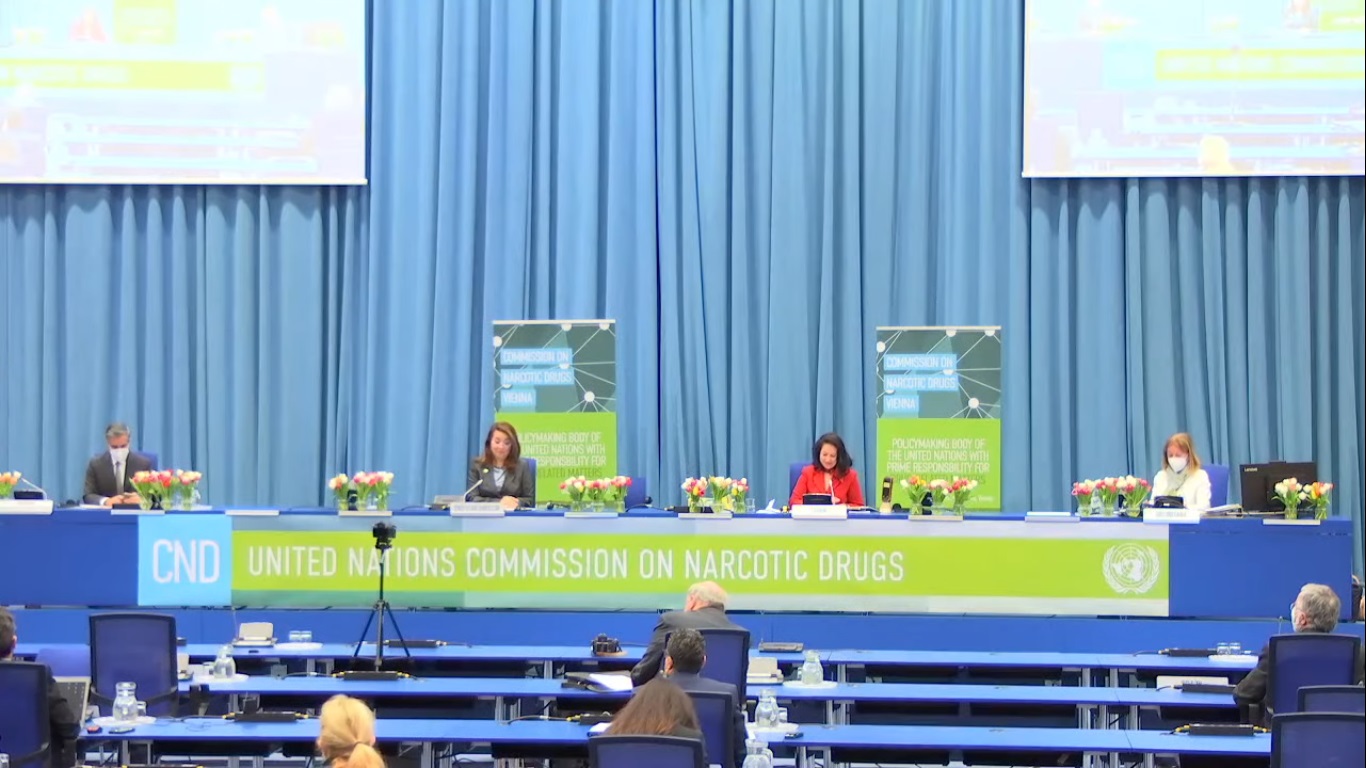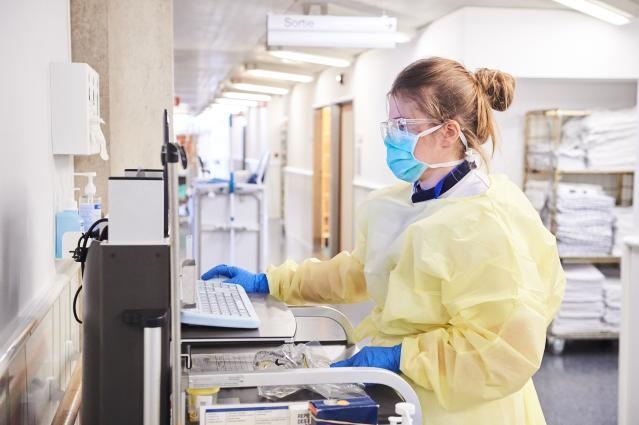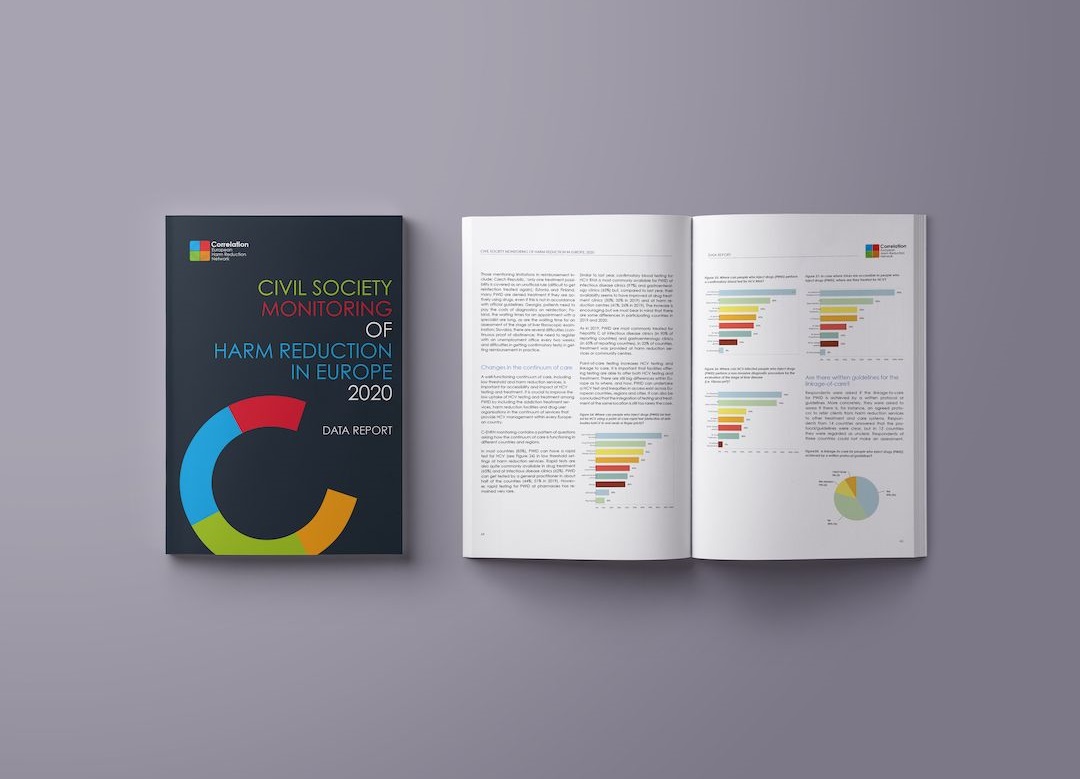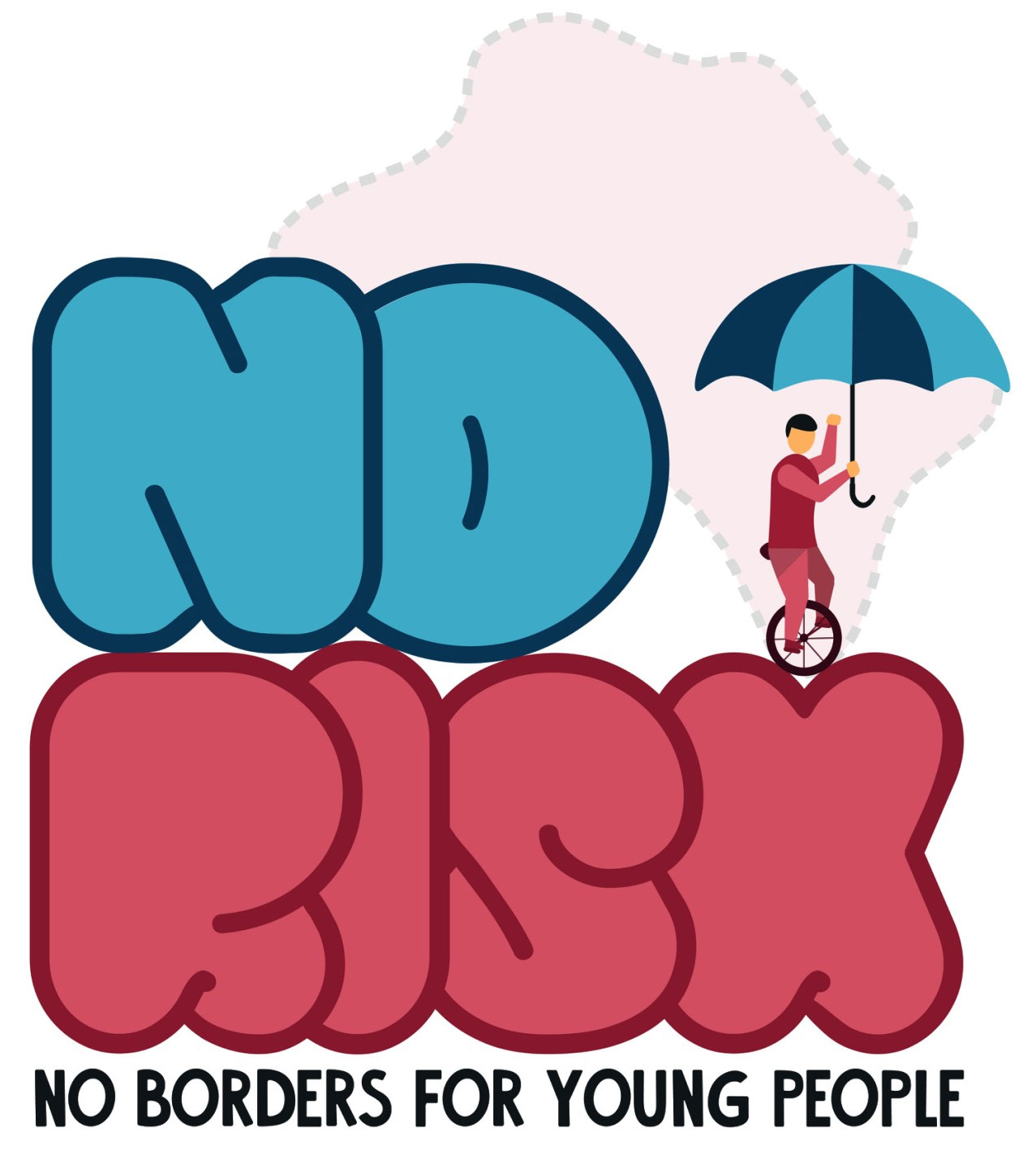H.E. Ambassador Dominika Krois from the Permanent Mission of the Republic of Poland to the UNODC opened the 64th Meeting of the Commission on Narcotic Drugs (CND) today in Vienna. In the next five days, the CND will consider and adopt a range of decisions and resolutions in a hybrid format (online/offline).

At the Opening of the General Debate, the CND64 adopted joint statement on the impact of COVID-19 on addressing and countering all aspects of the world drug problem.
The UN Secretary-General António Guterres underlined that “COVID-19 crisis has shown us how much the world needs solidarity, shared responsibility and international cooperation to improve health coverage, protect our societies and recover better”.
The Vienna NGO Committee (VNGOC) has drafted a Guide for NGOs participating in the CND, available here>>>. VNGOC has also compiled a list of recommendations aimed at protecting the role of civil society engagement in the CND, available here>>>.
To follow the session, you can use the CND Blog>>> which provides near real-time updates on the plenary session, Committee of the Whole and selected side events. The CND Blog is a project of the International Drug Policy Consortium, in collaboration with NGO partners, which aims to ensure transparency and provide live records of the discussions taking place at the meeting. The CND Blog also covered UNGASS negotiations and proceedings.
You can also follow the CND webcast at YouTube following this link>>>. There, the formal sessions of the meeting will be streamed.




 The report is available
The report is available 
 The SOCTA 2021 provides an overview of the current state of knowledge on criminal networks and their operations based on data provided to Europol by Member States and partners and data collected specifically for the SOCTA 2021. In trying to overcome the established, and limiting, conceptualisation of organised crime groups, this assessment focuses on the roles of criminals within criminal processes and outlines how a better understanding of those roles allows for a more targeted operational approach in the fight against serious and organised crime.
The SOCTA 2021 provides an overview of the current state of knowledge on criminal networks and their operations based on data provided to Europol by Member States and partners and data collected specifically for the SOCTA 2021. In trying to overcome the established, and limiting, conceptualisation of organised crime groups, this assessment focuses on the roles of criminals within criminal processes and outlines how a better understanding of those roles allows for a more targeted operational approach in the fight against serious and organised crime.





 To read the Strategy, please
To read the Strategy, please 

 More such data can be exclusively found in the second civil society-led monitoring of harm reduction report The Civil Society-led Monitoring of Harm Reduction in Europe 2020 published by the
More such data can be exclusively found in the second civil society-led monitoring of harm reduction report The Civil Society-led Monitoring of Harm Reduction in Europe 2020 published by the  To read the Report, please
To read the Report, please 

 Aleksa’s idea is that:
Aleksa’s idea is that: